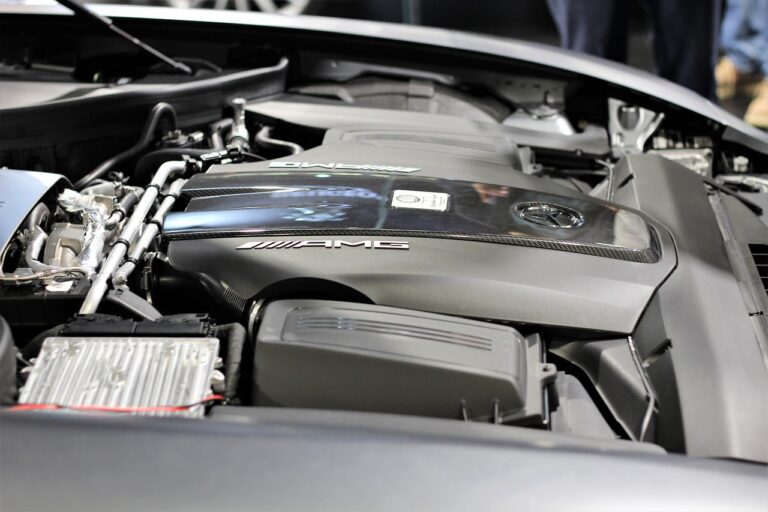Assessing the Role of Design Thinking in Automotive Innovation
Automotive design has transitioned significantly over the years, from the early days of basic functionality to the present emphasis on aesthetics and user experience. In the past, designs were primarily focused on practicality and efficiency, with little consideration given to the aesthetics or user preferences. However, as consumer demands have evolved and technology has advanced, there has been a notable shift towards a more holistic approach to automotive design.
This paradigm shift in automotive design has been fueled by a growing emphasis on user-centered design principles. Designers are now placing a stronger emphasis on understanding the needs and preferences of the end-users, resulting in vehicles that not only perform well but also cater to the emotional and functional needs of the driver and passengers. By prioritizing user experience and feedback in the design process, automakers are able to create vehicles that are not only visually appealing but also intuitive and enjoyable to use.
Understanding the Impact of User-Centered Design in Automotive Innovation
User-centered design has revolutionized the automotive industry by shifting the focus from solely engineering-driven solutions to designing products that resonate with the end users. This approach involves understanding the needs, preferences, and behaviors of drivers and passengers to create vehicles that not only meet but exceed expectations in terms of comfort, convenience, and overall user experience.
By placing the user at the center of the design process, automotive companies have been able to create innovative features and technologies that cater to specific demographics and lifestyles. This has led to the customization of vehicles to suit individual preferences, ultimately enhancing customer satisfaction and brand loyalty. The incorporation of user-centered design principles has not only improved the functionality and aesthetics of automobiles but has also established a deeper emotional connection between consumers and their vehicles.
What is the evolution of automotive design thinking?
The evolution of automotive design thinking has shifted towards a user-centered approach, focusing on the needs and preferences of the end user to drive innovation in the industry.
Why is user-centered design important in automotive innovation?
User-centered design is important in automotive innovation because it ensures that the final product meets the needs and expectations of the end users, leading to increased customer satisfaction and loyalty.
How does user-centered design impact the automotive industry?
User-centered design has a significant impact on the automotive industry by driving innovation, improving customer experience, and creating products that are tailored to the needs of the end user.
What are some examples of user-centered design in automotive innovation?
Examples of user-centered design in automotive innovation include features such as user-friendly interfaces, customizable settings, and advanced driver assistance systems that enhance safety and convenience for the driver.
How can automotive companies incorporate user-centered design into their product development process?
Automotive companies can incorporate user-centered design into their product development process by conducting user research, gathering feedback from customers, and prioritizing the needs and preferences of the end users throughout the design and development stages.





